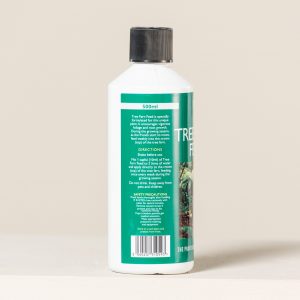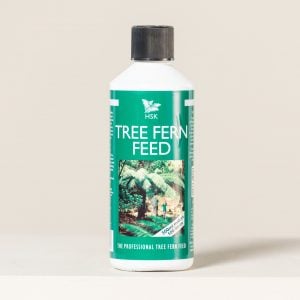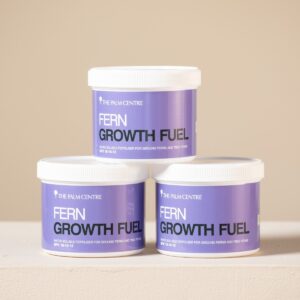Ferns are an extremely diverse category of plants that have survived since the age of dinosaurs. They are instantly recognizable by their pleasing architectural foliage, often finely divided.
The soft tree ferns are part of a group of about 25 species, spread mostly in the Southern hemisphere, and the soft tree fern, also known as Dicksonia antarctica, is one of them.
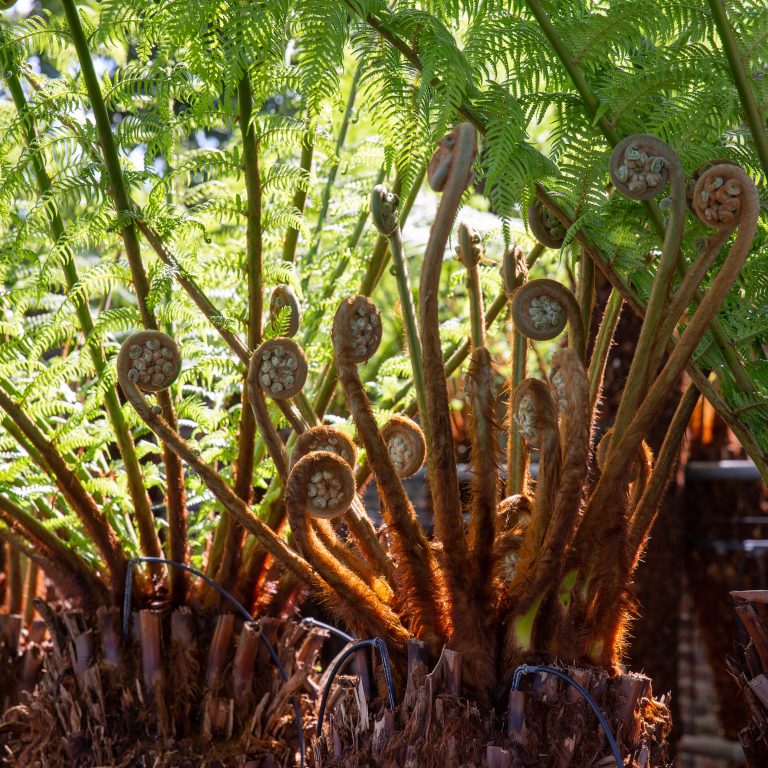
Evergreen or deciduous?
Tree ferns are most of the time evergreen. Positioned in a sheltered spot, they will keep their fronds green over the winter.
In colder winters, the fronds may die back, but the plant (with correct care) will come back vigorously in spring.
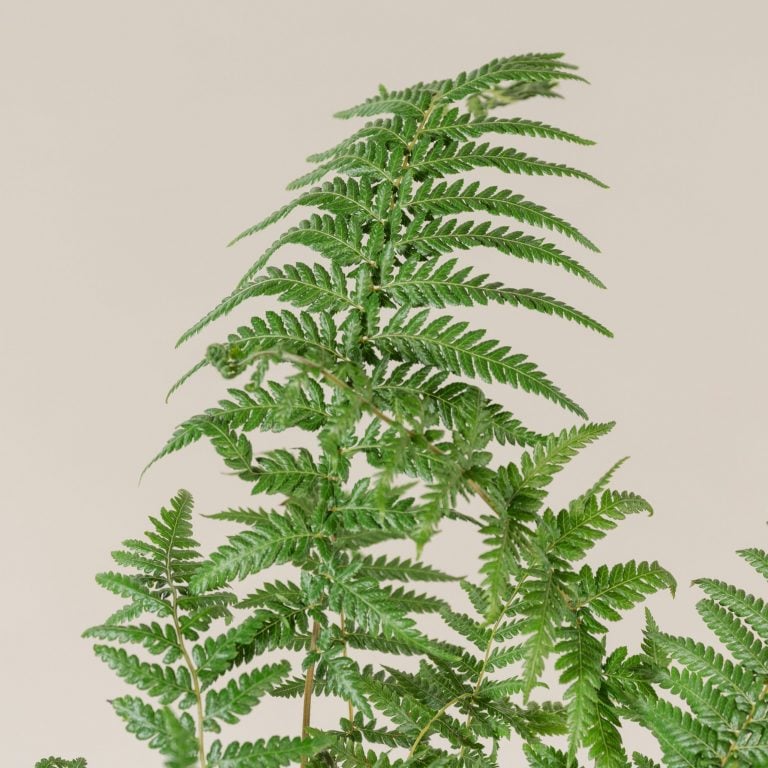
Positioning
Tree ferns will thrive in a position that mimics their natural habitat, a sheltered, humid and shaded position. If the tree fern is positioned in full sun, though not recommended, it is likely to need watering most days, especially in summer.
In places where winters are harsh, a sheltered place can make a massive difference for the survival of the tree fern.
If winter in your area is particularly hard, think about keeping the tree fern planted in a pot that can be easily moved. Of course, that will be fairly difficult for a tree fern that is a massive 5 or more feet of trunk, but smaller ones can be kept in pots for long term.
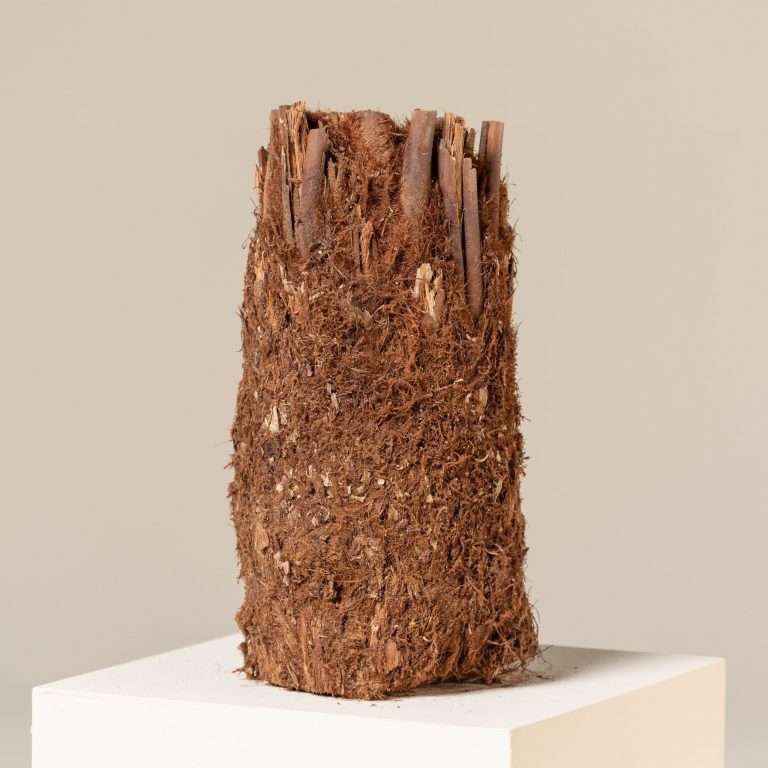
Planting
Tree ferns prefer a humus-rich, neutral to slightly acid soil. Adding organic matter to the soil will help the new tree fern establish and provide an easy medium for the roots to grow into, but they are surprisingly unfussy about soil types. When kept potted a mixture of leaf mould (or peat) and loam is fine; multi-purpose compost is ideal.
Tree ferns are often supplied without leaves or roots to enable easy handling and transportation. On receipt, plant the trunk sufficiently deep for stability directly in the ground. It is good practice to soak a new, cut tree fern in a bath of water for an hour or so before planting, but it is also well worth adding a half to quarter dose of soluble plant feed in with the water – especially if bought during the spring and summer months.
To prevent fertilizer wastage only apply soluble fertilizers via the crown, but as the plant becomes established it will do well with a regular mulch at the base.
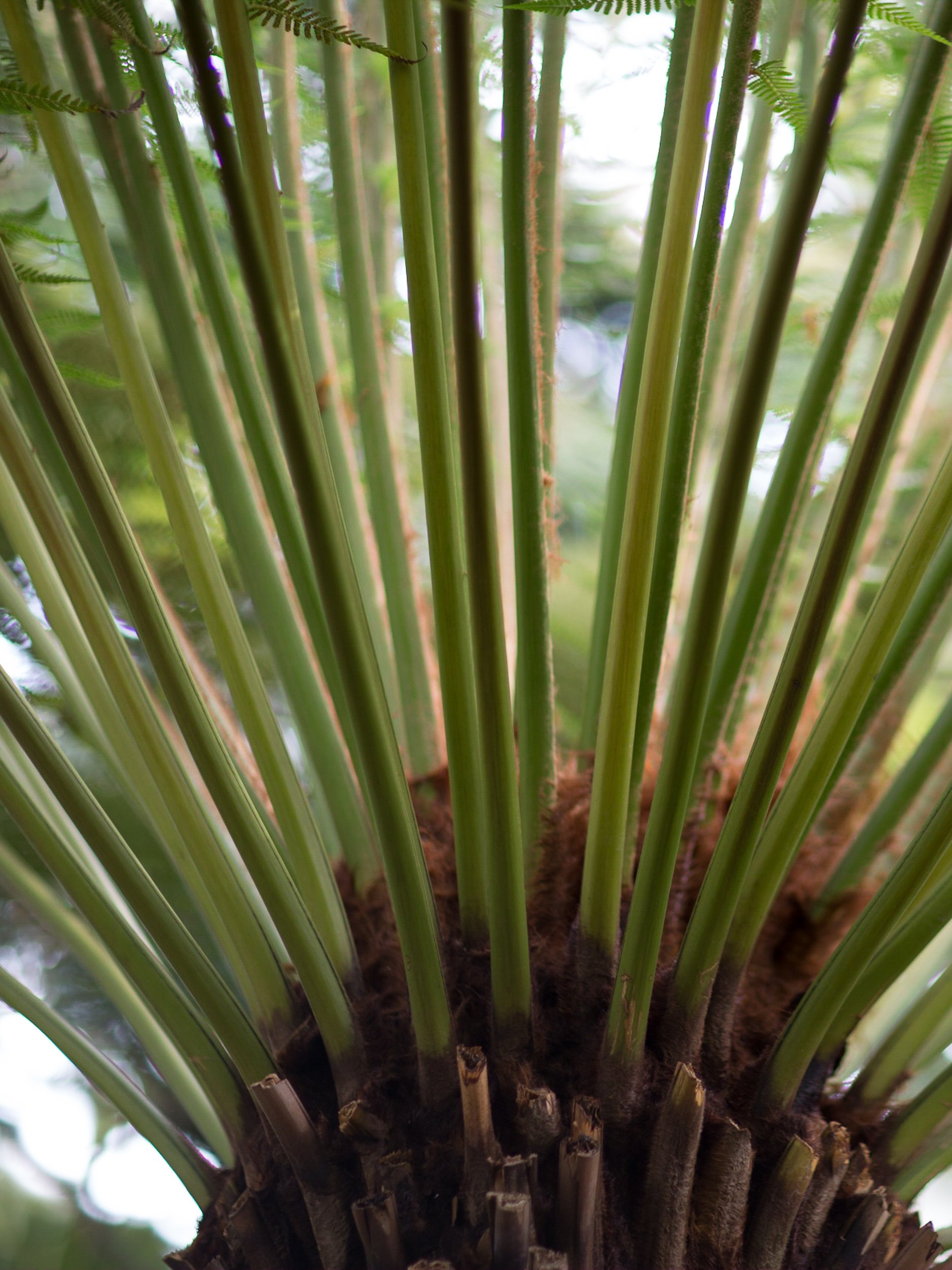
Watering
Luckily, watering tree ferns is very simple; it is just a case of mimicking how they would receive water in their native habitat. Tree ferns live below the tree canopy along the floor of temperate rain forests, but as well as absorbing ground water through their roots, they can also collect water from their leaves which drains into the crown and further down into the trunk.
The whole trunk should be given a good soak and the ‘well’ at the top should be allowed to fill with water and to overflow down the sides of the trunk. Unless you live in one the wettest parts of Great Britain, tree ferns need regular watering, even once established and especially in dry weather. New fronds should begin to appear in 2 to 4 weeks and will unfurl very fast once they start, growing several inches over a weekend.
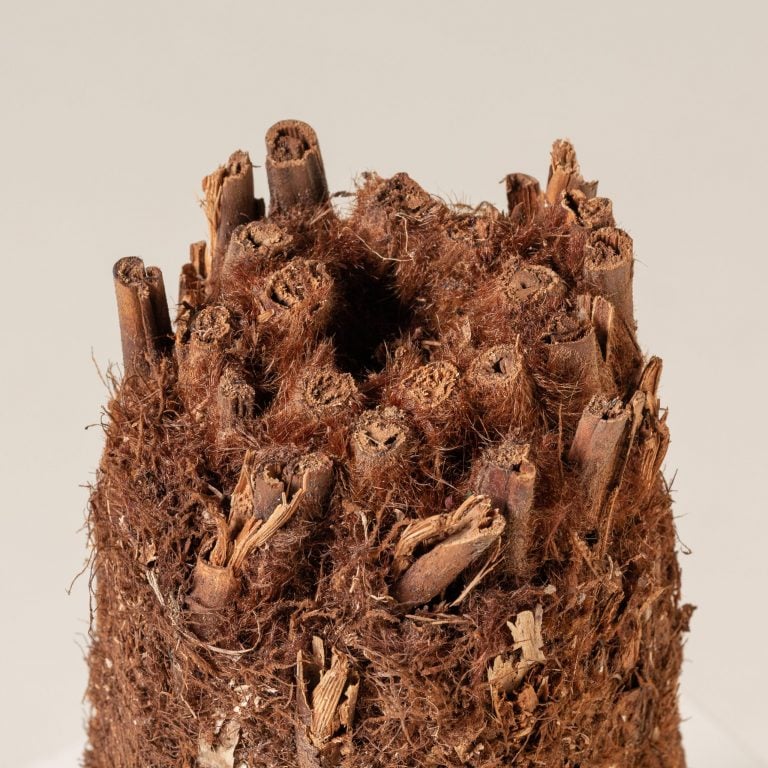
Winter care
In winter your plant may lose its fronds – this is nothing to be alarmed about and quite natural.
But to avoid frost damage to the ‘fronds in waiting’, push a ball of hay down into the crown for insulation at the onset of cold weather.
New fronds will grow again in the spring, by which time the hay will have rotted down to provide nutrients beneficial to the fern’s growth.
In the hardest of winters remove the fronds, wrap fleece, hessian or old blankets around the trunks and pile extra insulation into the crown (it can be hay or straw).
Feeding
Feeding a tree fern is relatively easy because – like most other plants – they are able to retrieve nutrients from the soil using their root system. However, they also have a secondary formation of roots within the trunk which reaches close to the top of the crown. This enables tree ferns to also feed on accumulated debris, bird and animal droppings that are washed into the crown by way of their specialist fronds during rainfall.
Feeding from the crown will be important when you first purchase a tree fern as they will generally come cut at the base and therefore without a root system. At this time feeding is important as the tree fern will be stressed and will have little energy reserves with which to produce new leaves and an essential, replacement root system.
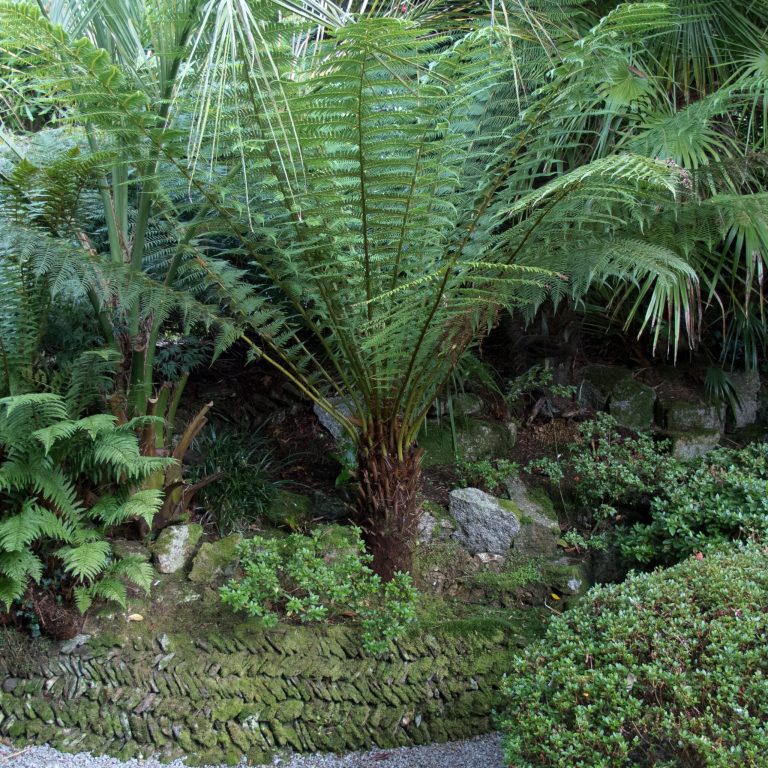
Growth speed
Extremely slow growing, these desirable plants only increase their trunk height by about 2.5 cm (1 inch) a year. Therefore, if you want a plant for immediate effect, you should choose a fern with a length of trunk that suits your planting scheme.
If you buy containerized ferns in leaf, plant at the same level as they were in the container. Frond-less lengths of trunk are also available.
Plant just enough of the trunk to ensure the plant remains stable. After planting frond-less tree ferns water every day until the foliage starts to emerge.
